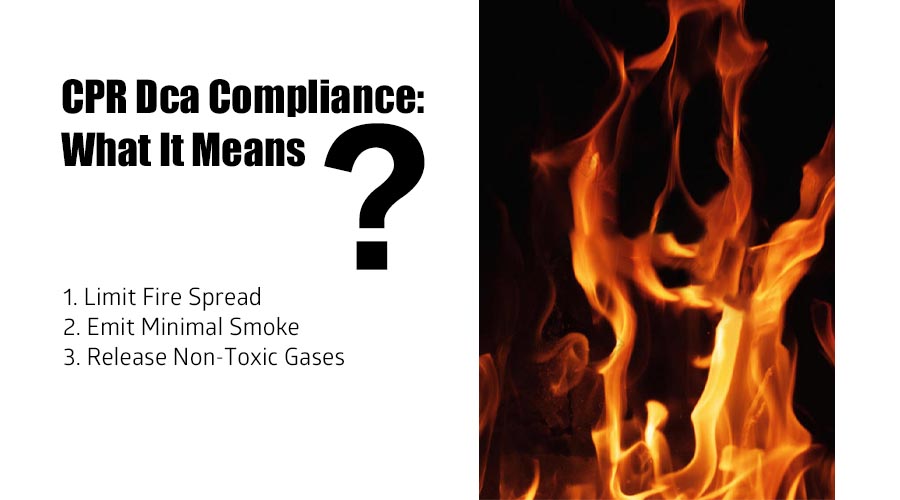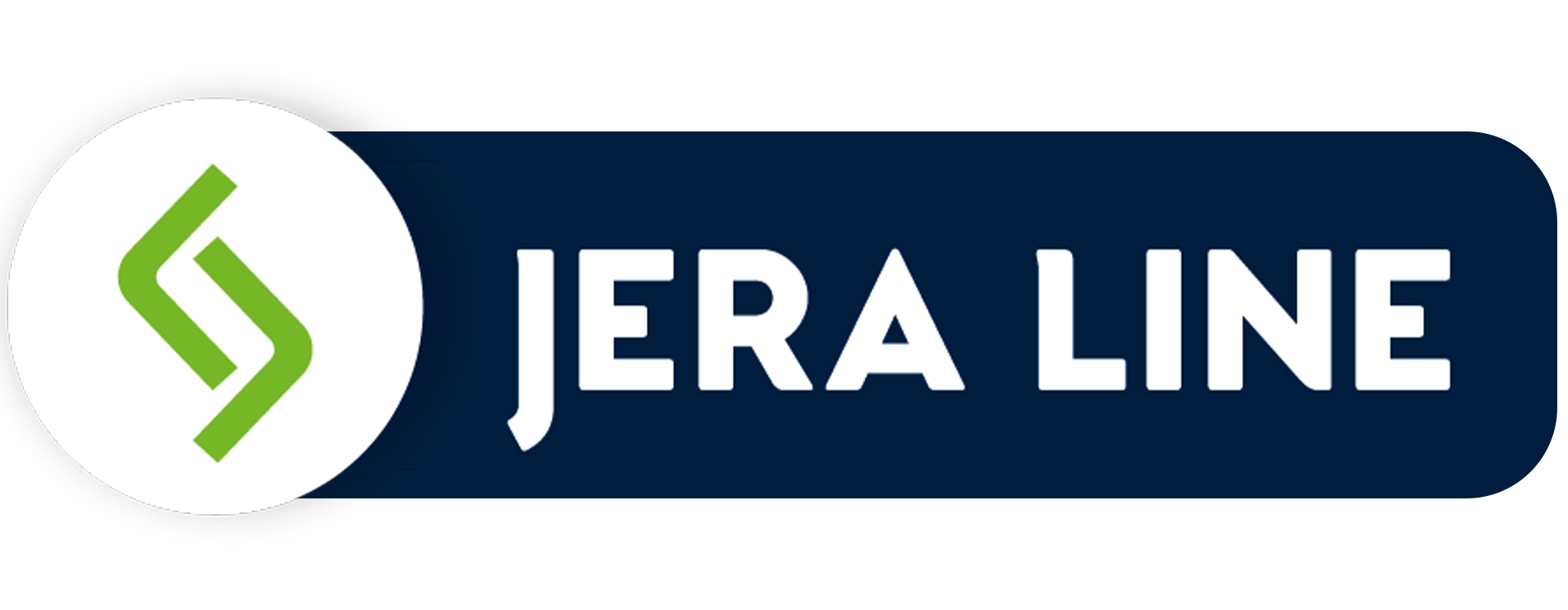At Jera Line, we take pride in producing high-quality indoor fiber cables that meet stringent CPR Dca standards, which are critical for safety in fiber-to-the-home (FTTH) network deployments. CPR Dca classification ensures that our cables meet essential fire performance requirements, such as low fire spread, low smoke emission, and non-toxic gas release, all of which make these cables safer for use in indoor environments. In this article, we'll explore our comprehensive manufacturing process, highlighting the materials, techniques, and rigorous testing protocols that guarantee high standards in each of our cables.

The Construction Product Regulation (CPR) is a European regulatory framework that sets essential safety standards for construction materials, including fiber optic cables used in buildings. The Dca classification under CPR addresses the requirements for indoor environments, especially those with people present, like homes and office buildings. This classification ensures that our cables:
1. Limit Fire Spread: Reducing the chance of fire spreading through cables.
2. Emit Minimal Smoke: Helping maintain visibility and air quality during potential fires.
3. Release Non-Toxic Gases: Protecting people and equipment from harmful gases.
Our commitment to producing CPR Dca-rated cables is central to our mission to ensure safety and reliability in all FTTH deployments.
Jera Line's Fiber Cable Production Process
Our production process focuses on quality at every stage, from material selection to final quality control checks. We combine advanced equipment and a skilled team to ensure the final product meets our standards and exceeds our customers' expectations.
1. Material Selection: Prioritizing Safety with LSZH Materials
The first step in our production process is careful selection of materials, focusing on Low Smoke Zero Halogen (LSZH) compounds. LSZH materials do not contain halogens, making them ideal for indoor installations where fire safety is paramount. In the event of a fire, LSZH materials help:
- Minimize toxic emissions that could affect people.
- Reduce the release of dense smoke, ensuring better visibility.
- Prevent corrosive gas emissions, which could damage electronic devices and building infrastructure.
Using LSZH sheathing allows our cables to meet Dca fire and smoke standards while supporting high-performance data transmission.
2. Sheathing and Protection: Ensuring Cable Integrity
After selecting the appropriate materials, we move to the sheathing and protection phase. This process involves covering the fiber optic cores with a non-corrosive protective layer through an advanced extrusion process. Extrusion forms a durable outer layer that protects against physical stress, moisture, and other environmental factors.
The sheathing process is critical in indoor environments where cables might be exposed to potential sources of wear or mechanical damage. At Jera Line, we optimize this process to ensure:
- Longevity: Our cables maintain structural integrity over time, reducing the need for replacements.
- Flexibility: The cables are easy to install, bend, and fit within confined spaces in buildings.
- Enhanced safety: By ensuring the sheathing remains intact, we reduce the likelihood of accidental damage that could affect fire safety performance.
The extrusion process not only guarantees a reliable outer layer but also adds another level of flame retardance, a key requirement for CPR Dca compliance.
3. Testing for Compliance: Meeting the CPR Dca Classification Standards
Our commitment to quality is evident in our rigorous testing protocols. Each batch of fiber cables undergoes a series of tests designed to assess its performance against CPR Dca criteria, ensuring it meets every safety and durability standard required for indoor installations. Our tests focus on:
- Flame retardance: We assess how well the cable resists catching and spreading fire, a fundamental part of CPR Dca compliance.
- Smoke emission: To qualify as Dca, our cables must emit minimal smoke. Reduced smoke improves visibility and lowers respiratory risks in case of a fire.
- Acidity testing: We measure the pH level of gases released during combustion, ensuring low acidity. This helps protect people and equipment from harmful and corrosive effects.
By enforcing stringent testing, we guarantee that each cable meets Dca requirements, ensuring it's safe for indoor installation in both residential and commercial buildings. These tests are conducted regularly, and our production standards are updated to reflect the latest safety standards, ensuring Jera Line remains a reliable partner in FTTH deployments.
4. Flexibility and Durability: Designing for Performance in Indoor Environments
Our indoor fiber cables are designed to perform optimally in residential, office, and industrial settings. Durability is crucial, but flexibility is equally important in indoor environments where the installation space might be restricted. To accommodate these needs, our cables are crafted to offer:
- Enhanced bending tolerance: This allows the cables to be installed around tight corners and within narrow conduits without compromising signal quality.
- Robust construction: The inner and outer layers work together to prevent the cables from being damaged due to accidental pressure or movement.
- Ease of handling: Our cables are lightweight and simple to install, reducing labor costs and installation time.

Application Scenarios for Jera Line Indoor Fiber Cables
Jera Line's indoor fiber optic cables are ideal for various FTTH applications, including:
- High-rise residential buildings: Our cables are suited for vertical and horizontal installations in multi-floor residential structures, where CPR compliance is essential.
- Commercial offices: In business environments, our cables support high-speed internet and data transmission without compromising on safety.
- Educational and healthcare facilities: These sensitive environments demand safe, reliable connections that adhere to strict fire and smoke emission standards.
These scenarios demonstrate how Jera Line's commitment to quality and safety makes our fiber cables a preferred choice for indoor network installations worldwide.
Key Advantages of Jera Line Indoor Fiber Cables
Jera Line's commitment to high-quality production, advanced testing, and comprehensive safety measures makes our indoor fiber cables uniquely advantageous:
1. CPR Dca Compliance: Ensures safe usage in various indoor environments, reducing the risk of fire spread and harmful emissions.
2. LSZH Materials: Our use of Low Smoke Zero Halogen materials adds another layer of safety, minimizing toxic emissions.
3. Flexible and Durable Design: Tailored for easy installation in confined spaces, without compromising on durability.
4. Competitive Pricing: As a direct manufacturer, Jera Line offers high-quality cables at cost-effective prices, making them an affordable choice for large-scale installations.
5. Adaptability for OEM and ODM: Jera Line's extensive experience in OEM and ODM customization allows us to meet specific client requirements for diverse indoor applications.
In summary, Jera Line's indoor fiber cables provide the quality and safety that indoor fiber network installations demand. By meeting the CPR Dca standard, we ensure that our cables are safe, reliable, and efficient for FTTH applications in homes, offices, and other indoor settings. With our focus on quality at every stage of production, Jera Line continues to set a high standard in the field of indoor fiber optic cables.
Post time: Oct-29-2024






